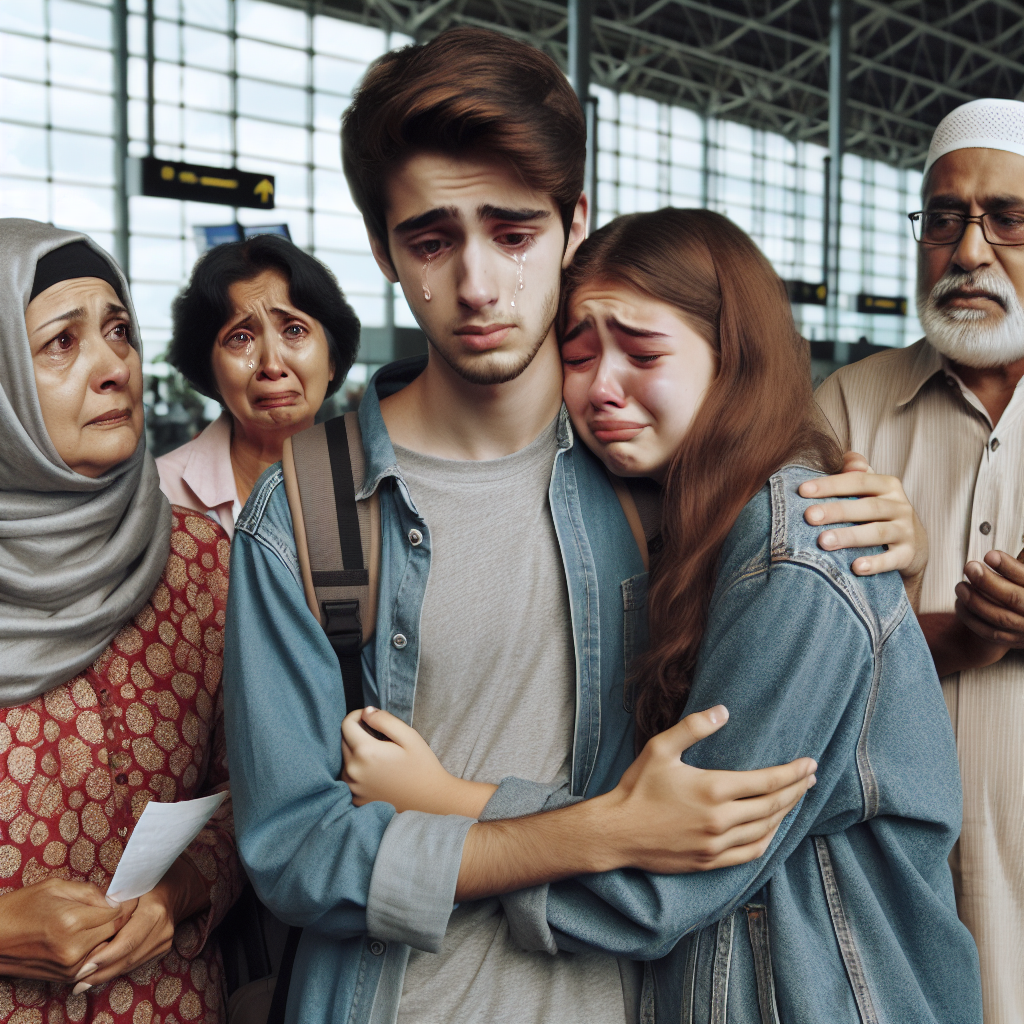When we think about global travel restrictions, our minds may instantly navigate to the business sector, where multinationals struggle with logistics or tourism enterprises face reduced influx of travellers. However, within this worldwide pause on mobility lies an intricate health story affecting millions – driving a consequential ripple through economies and societies.
Policy Overview
New details continue to emerge around the implementation and impact of travel bans globally. Initially implemented as a health safeguard measure against COVID-19 spread, these policies have since carved profound footprints in unexpected terrains.
Historical Context
The concept of limiting movement to control disease spread isn’t new; indeed public health history is littered with examples from quarantining leprosy in ancient times to isolating Ebola regions recently. Current widespread restriction represents an unprecedented scale that invites scrutiny into its broader impacts.
Stakeholder Perspectives
Certainly healthcare providers praise these measures for contributing towards controlling viral propagation. Yet there’s also a growing chorus claiming such policies exacerbate other health issues ─ particularly mental wellbeing which is fluctuating under pressures instigated by disruption routines and families separated across borders.
Economic Impact
A graph depicting the economic downturn triggered by international lockdowns‘>
Economic contraction indirectly affects health by limiting accessibility to healthcare. Lay-offs have left many uninsured, and businesses folding under financial stress extend these effects to an organizational level. Additionally, the economic slowdown compromise research funding for essential medical development.
Social Consequences
The social fabric isn’t immune to this policy’s ripple effect either. Widespread restrictions exacerbate loneliness and anxiety, amplifying mental health issues across demographics while inhibiting access to in-person care or support interventions.
Implementation Challenges
To navigate through these complex implications requires smart policies accommodating both public safety and individual wellbeing concerns. Governments worldwide grapple with monitoring implementation while managing compliance among their populations ─ a daunting task in the face of fluctuating epidemiological data. A graph illustrating major challenges encountered during implementing travel restrictions‘‘>
Success Metrics
If we consider containment of viral transmission as a success metric – scores vary globally due largely to differential approaches, resources availability & population discipline towards adherence. The ‘hidden’ story lies within considering multidimensional impact assessments that include psychological welfare & societal well-being alongside case numbers and mortality rates.
‘
A varied representation of global metrics signifying successful restriction measures adoption ‘
‘)’
Alternative Approaches
Adopting flexible policies that consider geographic and cultural differences, leveraging technology for effective communication or decentralizing decisions could be alternative pathways to explore. Public health experts also suggest ramping up testing capabilities and contact tracing efforts instead of a complete mobility halt.

